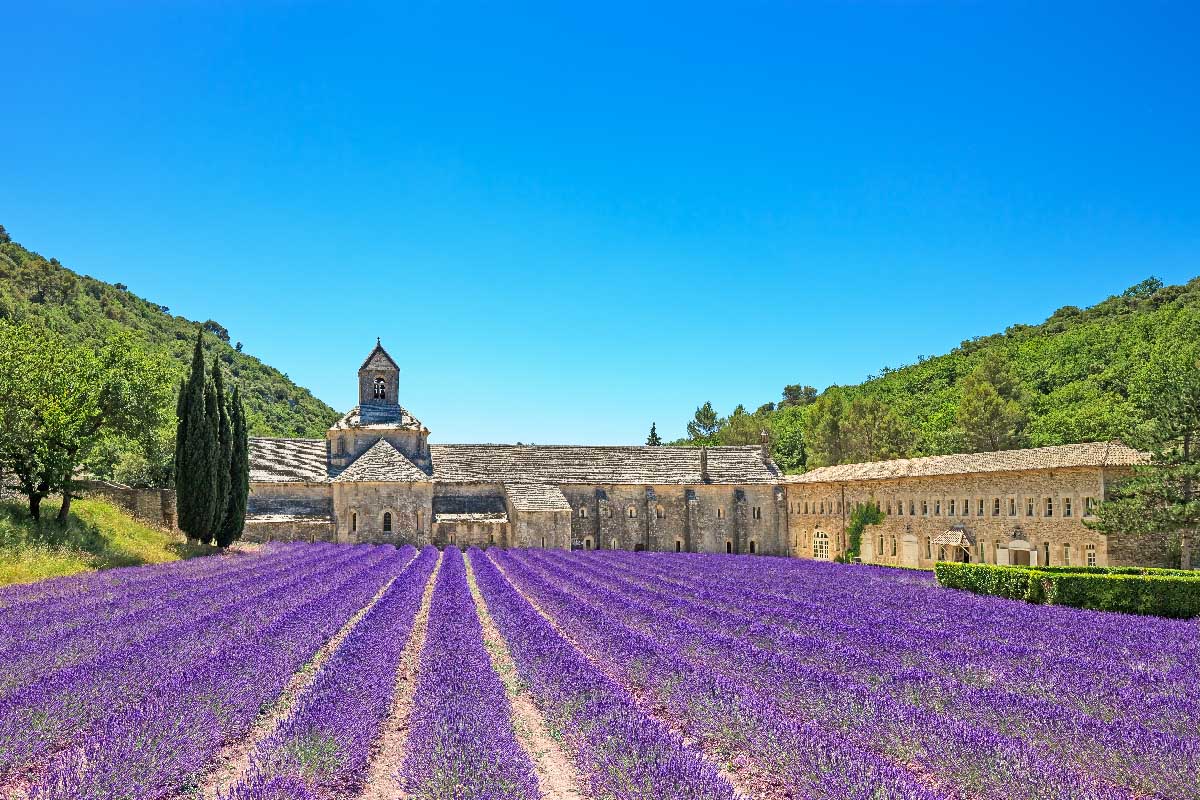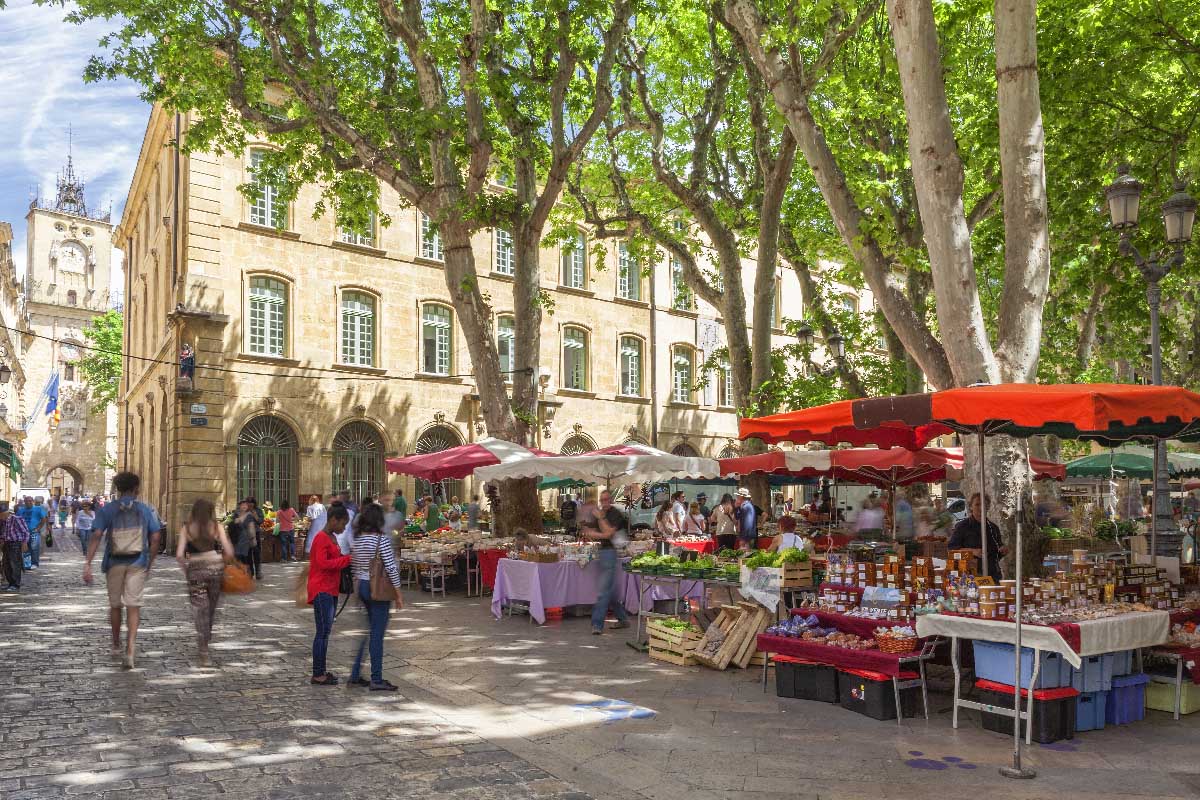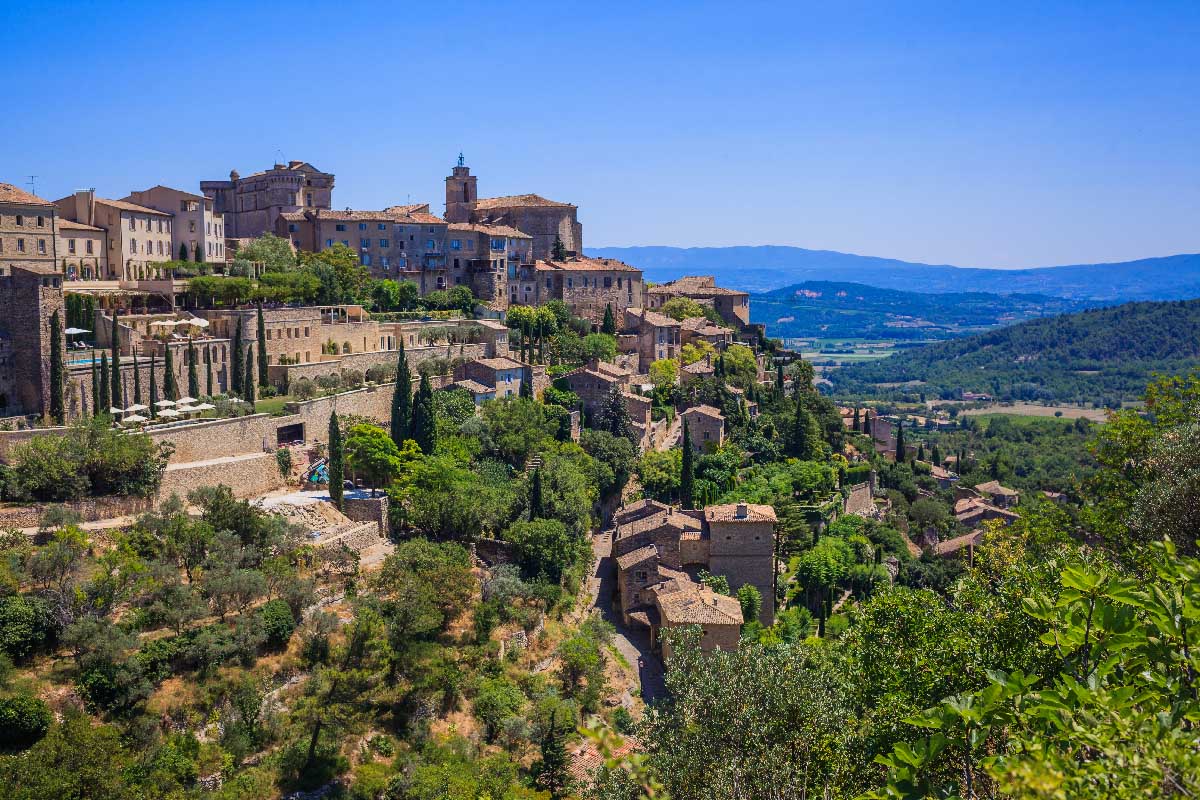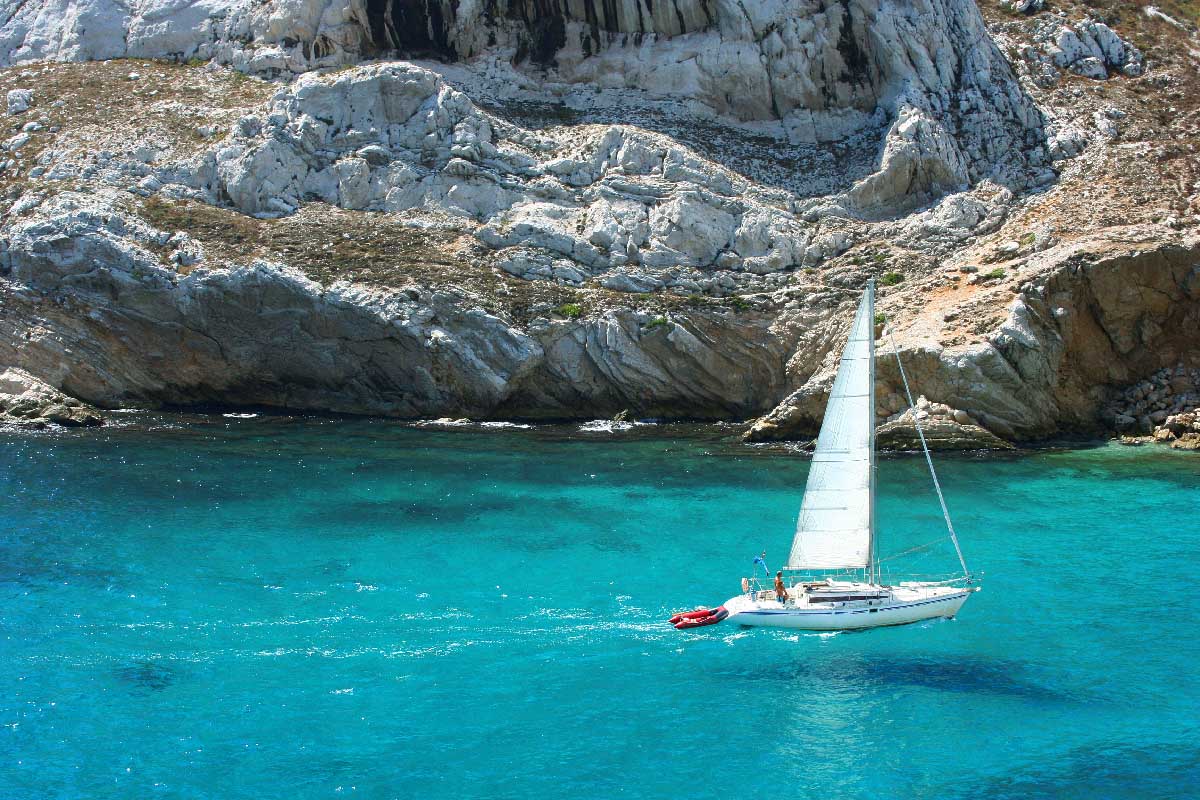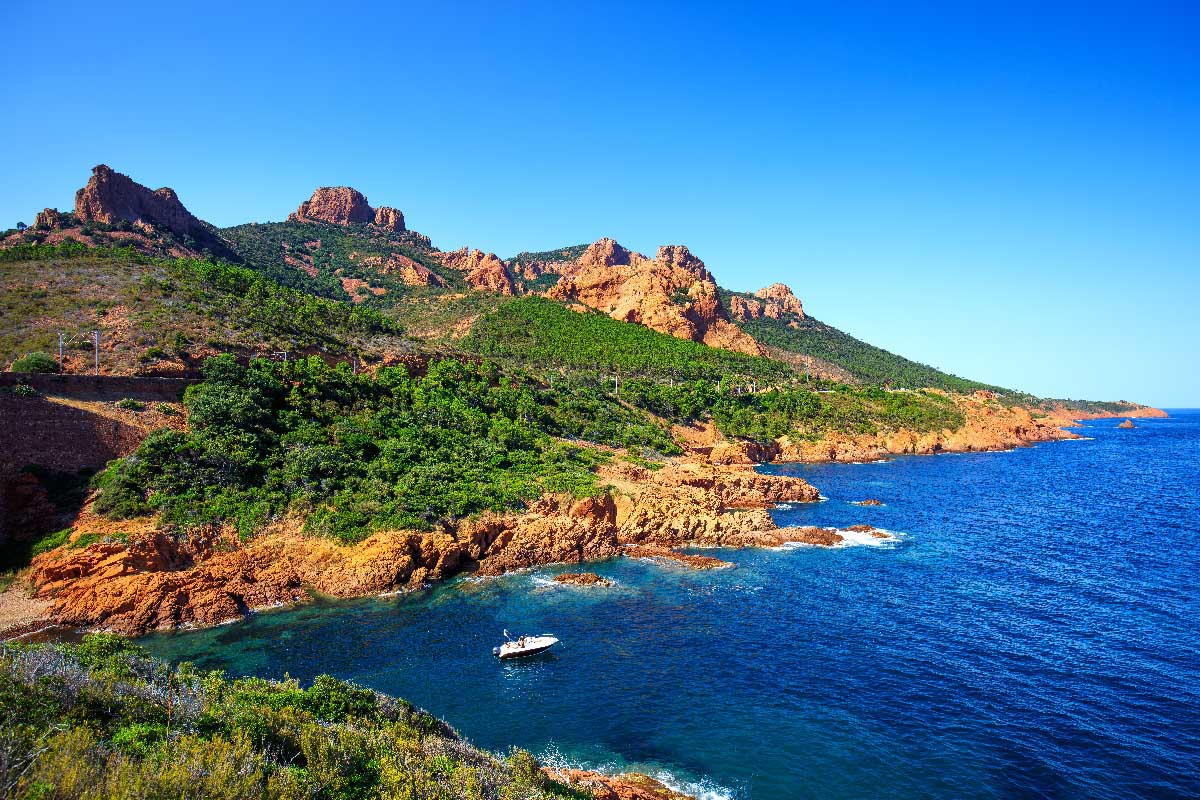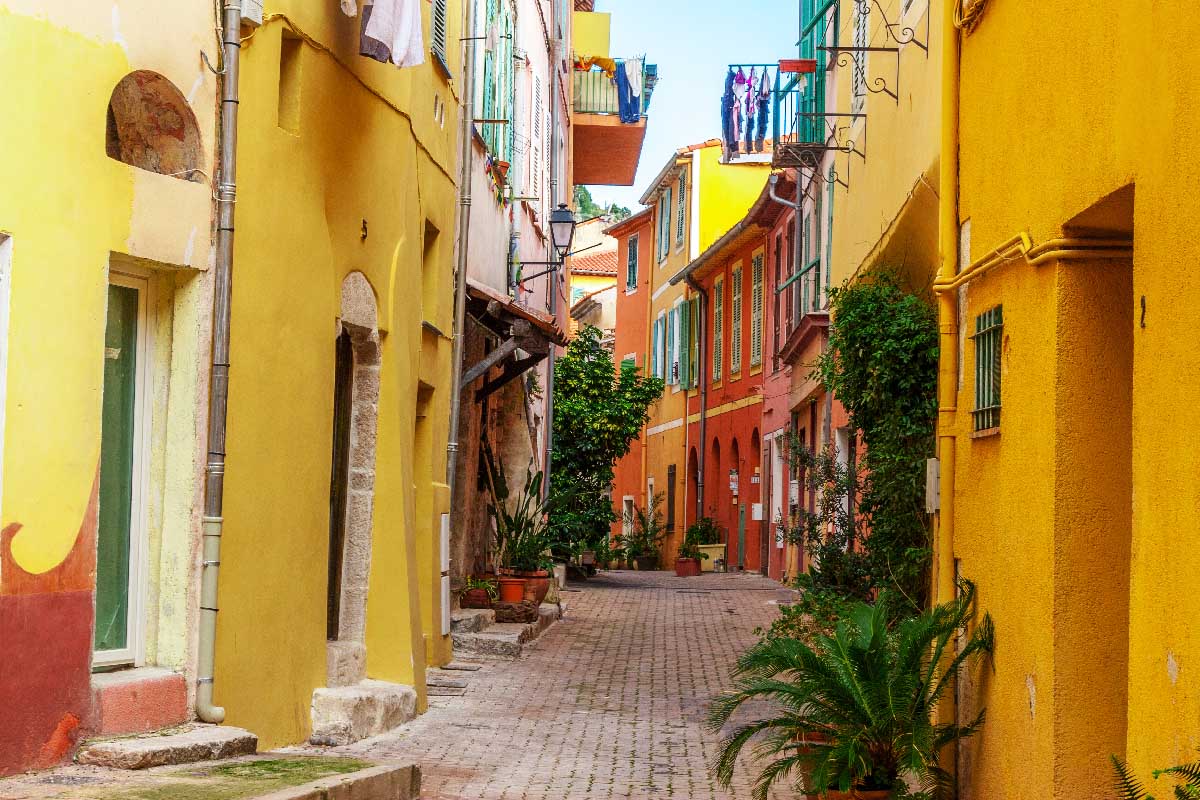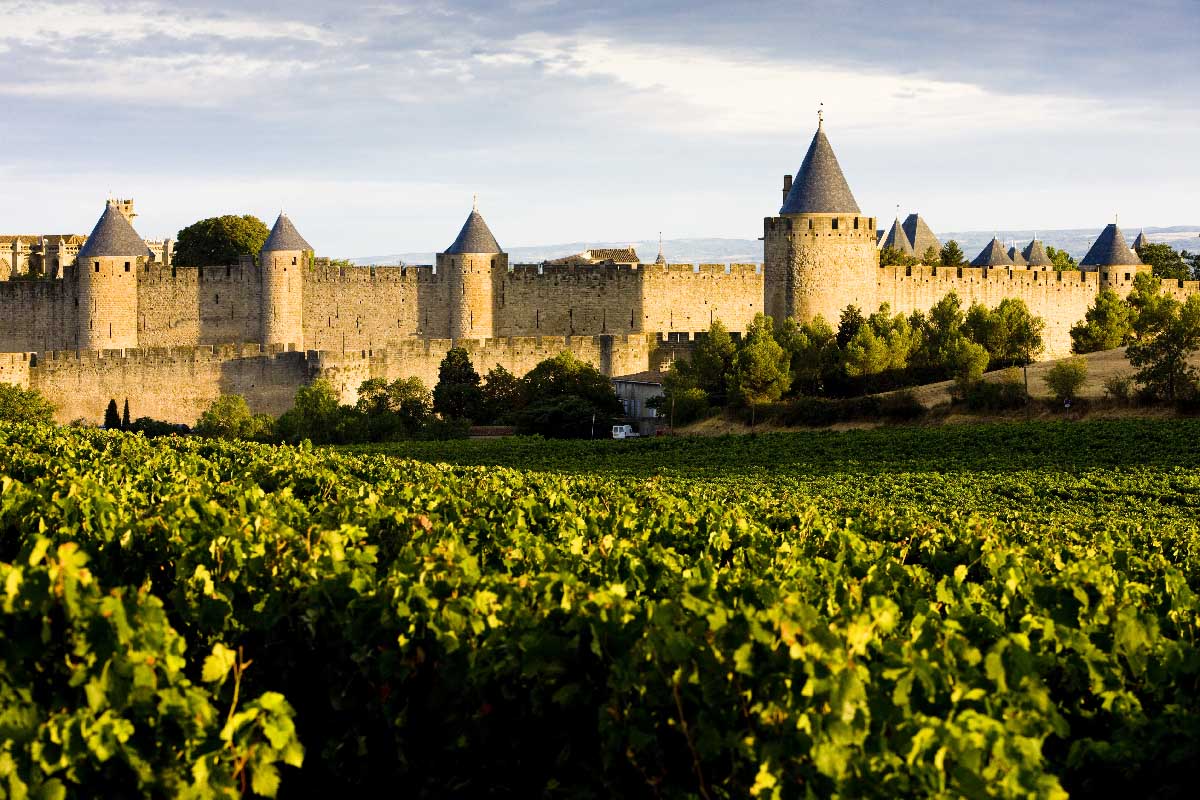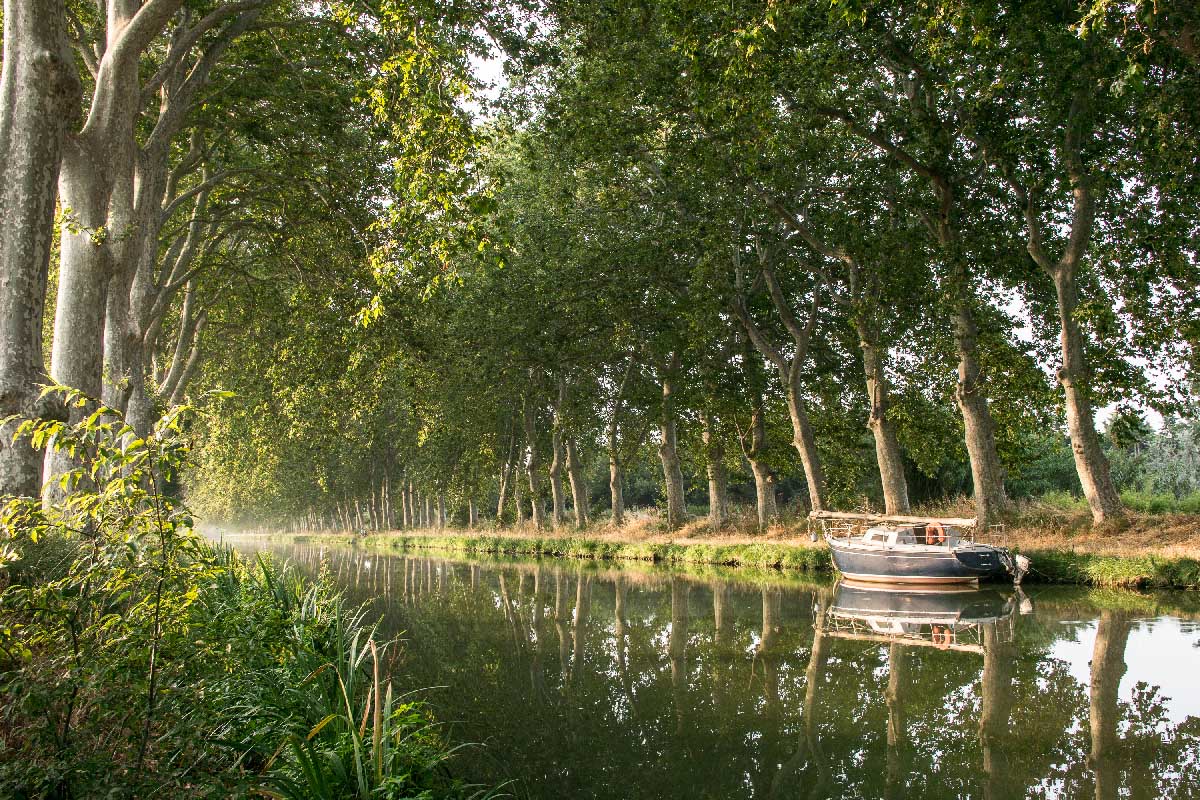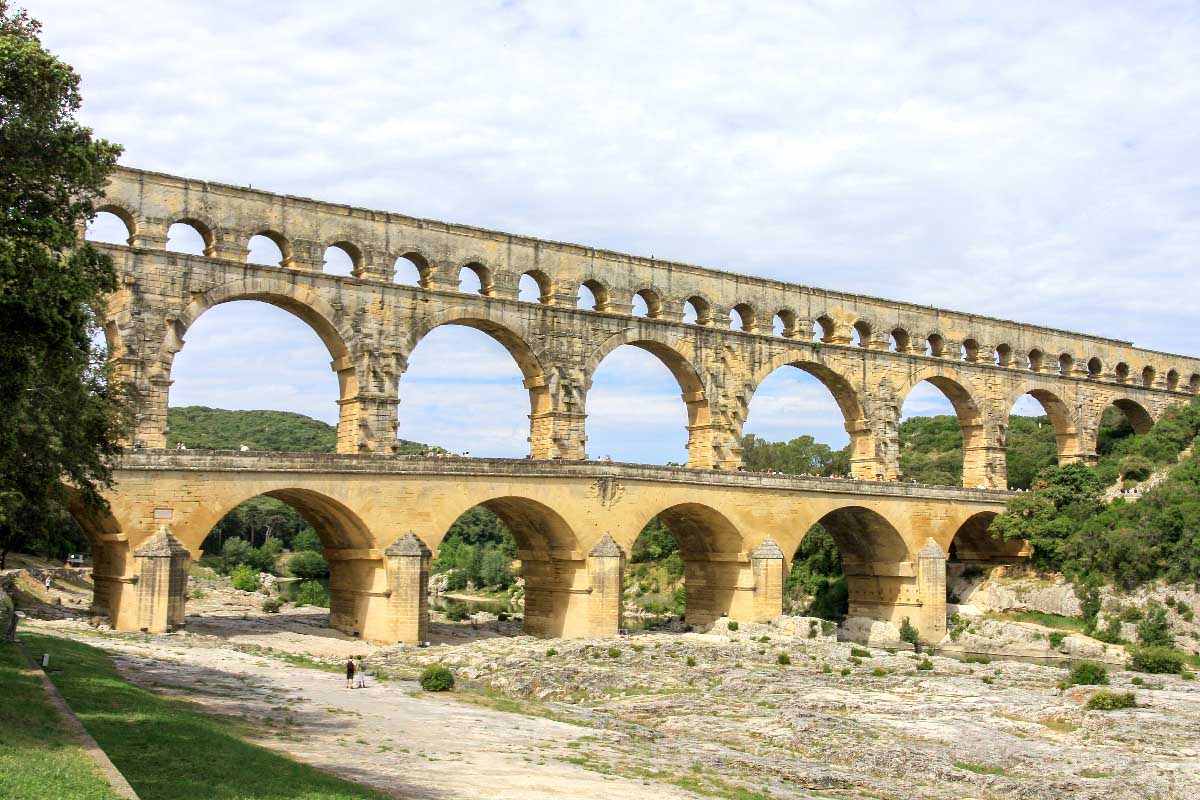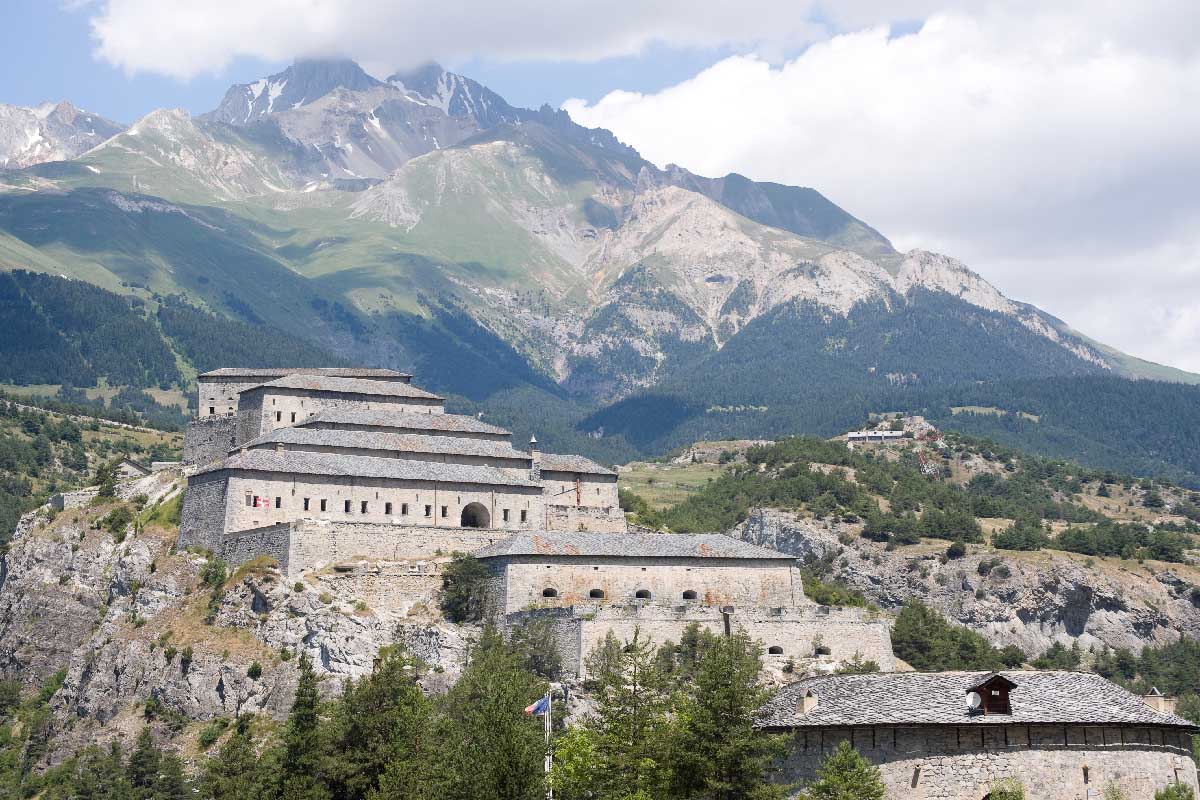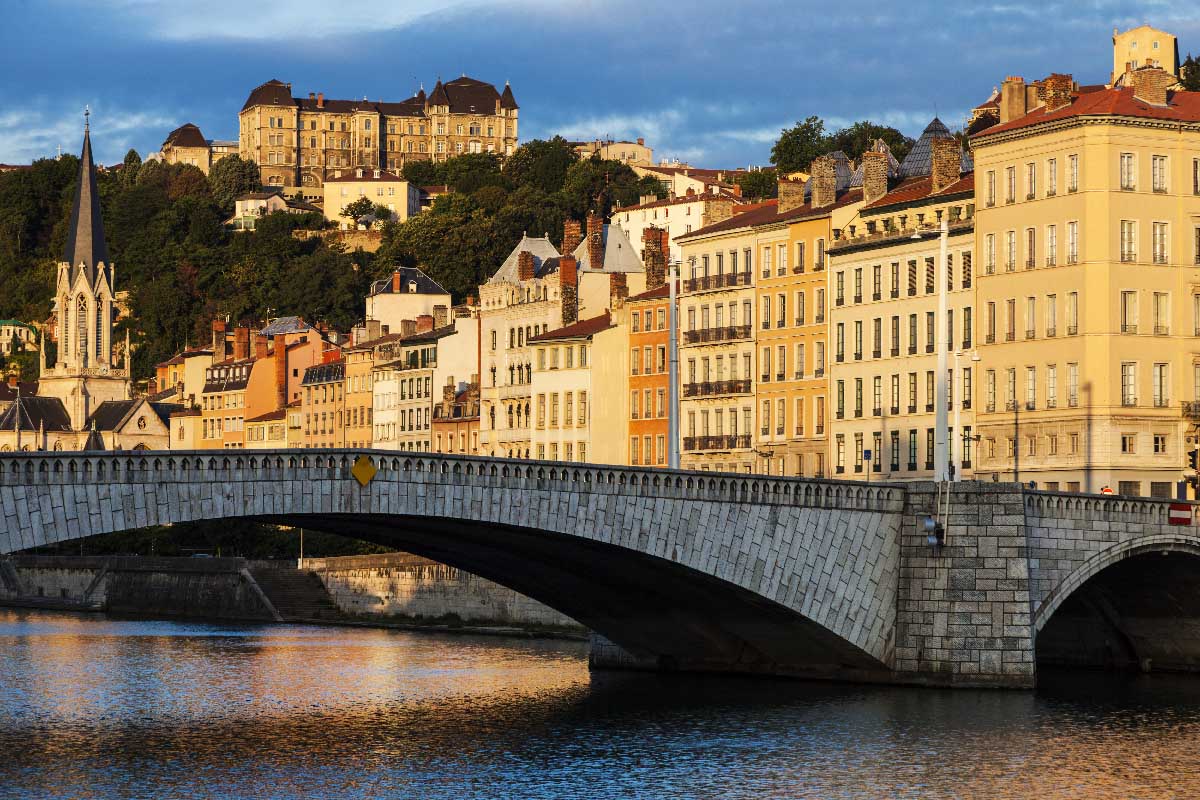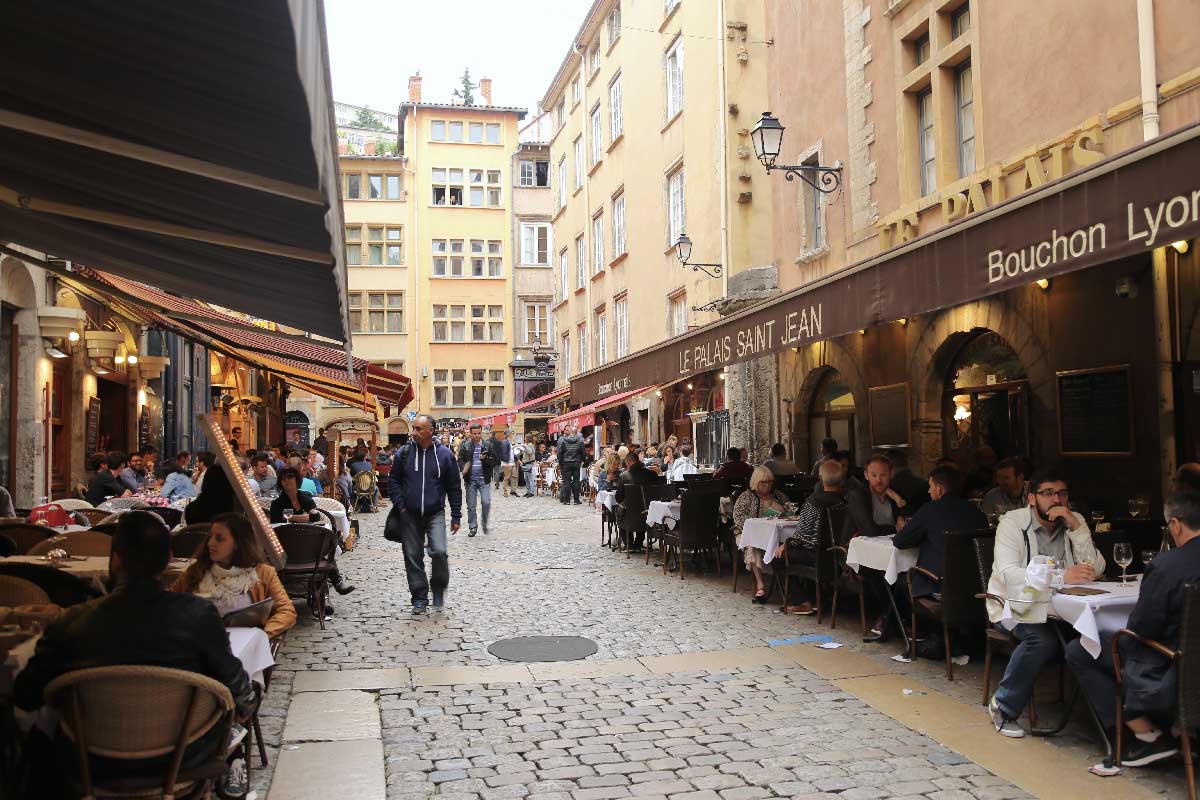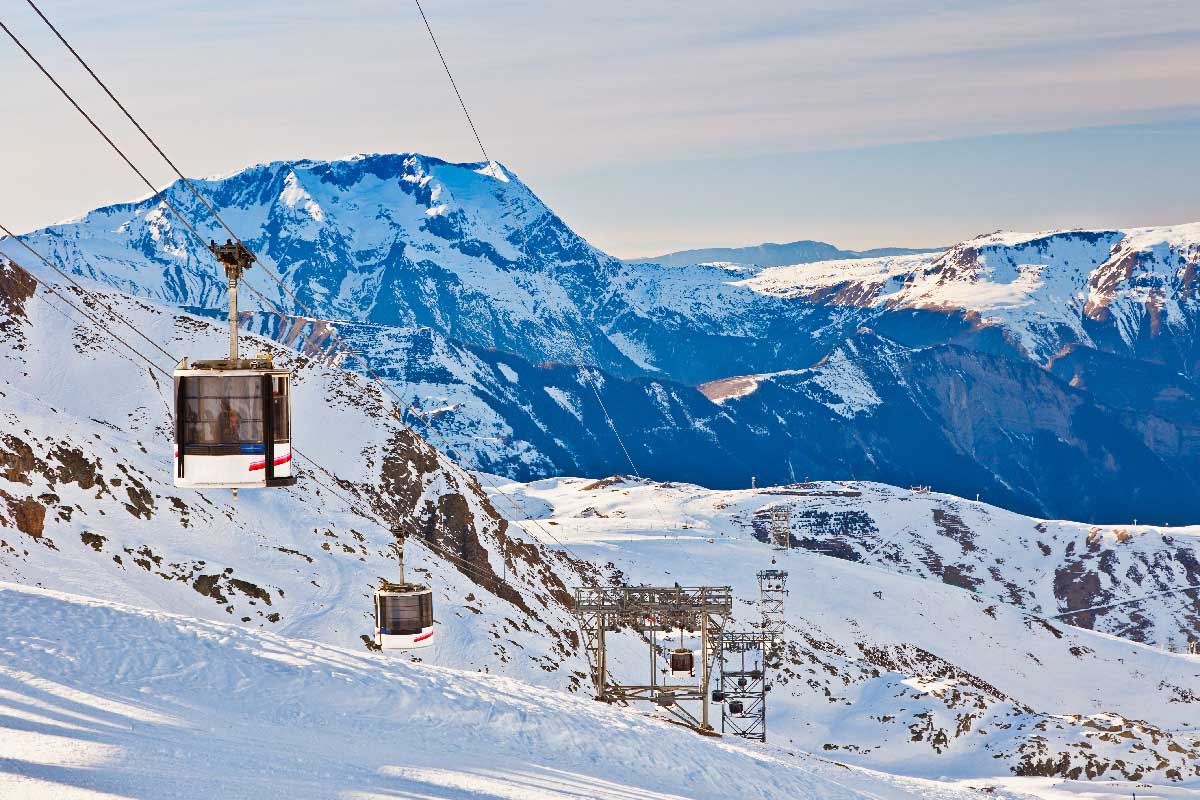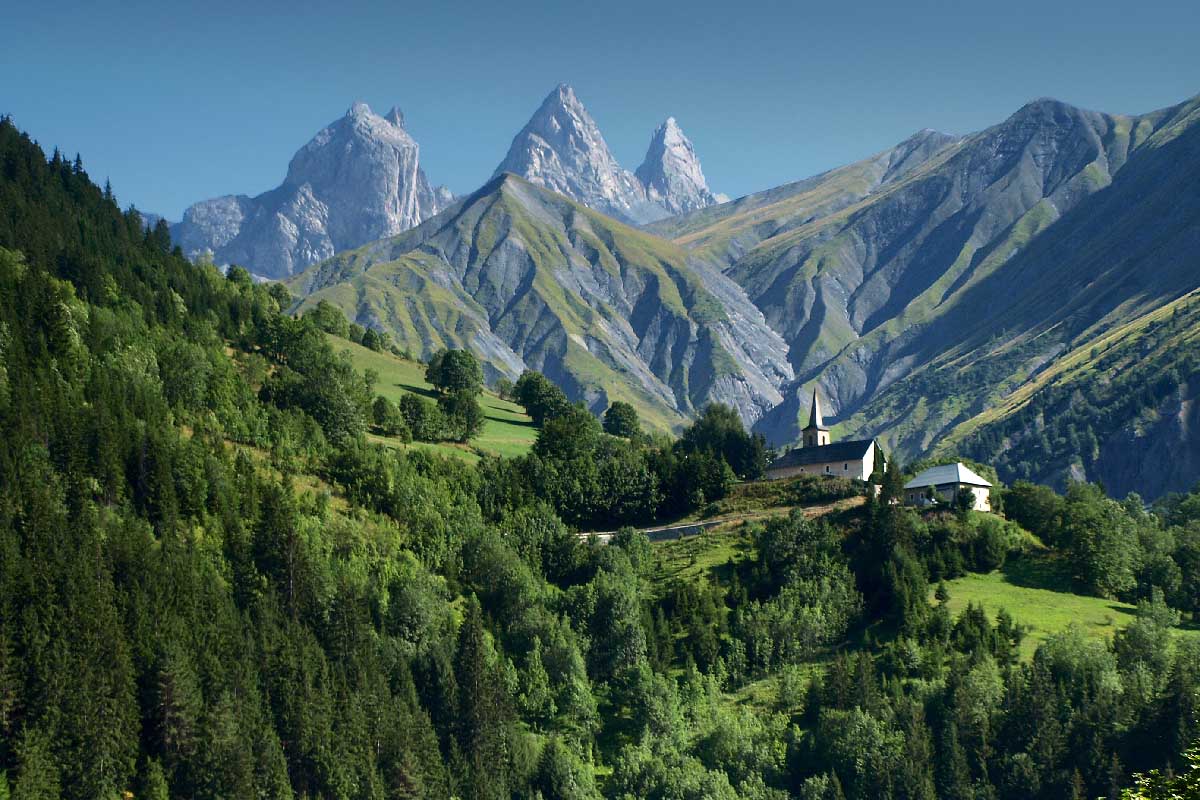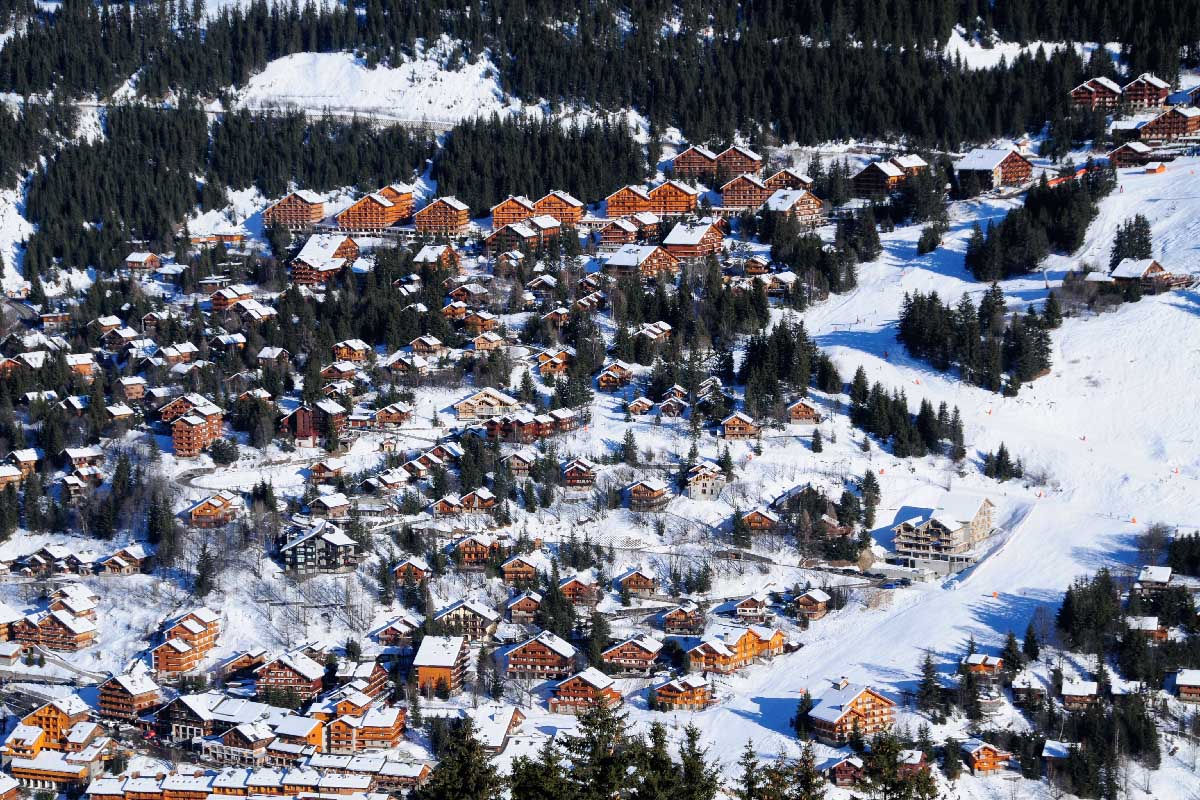Provence
Long lazy lunches, purple fields of lavender, hazy southern skies… nothing says like the utterance of the word Provence. Packed with some of the best Roman architecture in France, the region dates back even further with the busy port of Marseille, established in 600BC by the ancient Greeks and today France’s second most populous city.
Provence is, in historical terms at least, much older than France and didn’t even become French until 1486. Fought over for centuries, the region’s culture here is profoundly more Mediterranean and you may even find your French doesn’t go quite so far. The local dialect, Provençal, is more akin to Italian and Catalan than it is to the national language, and many towns and cities have dual street signage.
Provence’s population is concentrated largely on the coastal strip and in the Rhone valley. Head into the hills and the mountains of high Provence and there are no big cities, with even small towns few and far between.

 Français
Français
